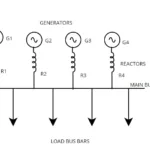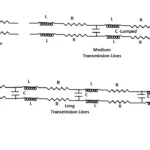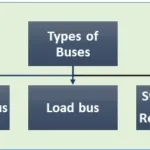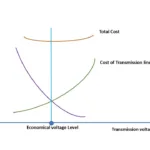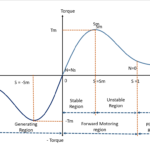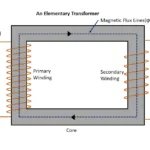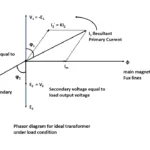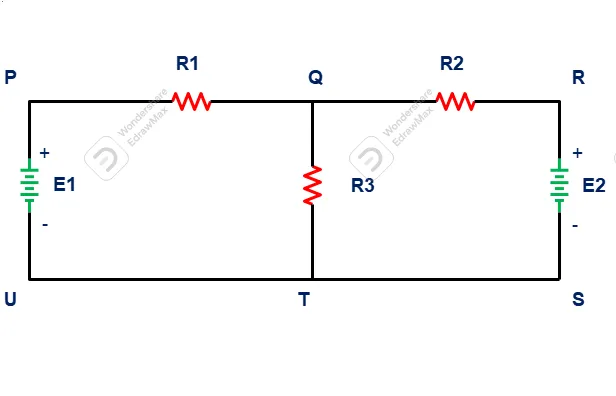In this article let discuss about What is Transmission lines and its types. Electrical energy plays vital role in our every day life. Because without consumption of electrical energy it is very difficult to fulfil our daily needs. In addition to , it useful source to development of modern scientific development in the world. We use different form of energy in our daily life, which can be generated using electrical energy. In absence of electrical energy life become nightmare.
Usage of Electrical energy
In Domestic applications
- In lighting applications
- In Electric heaters
- In refrigirators
- Cooking purposes
- Multimedia devices
Industrial applications
- Industrial lighting systems
- Motors used in operation of industrial machineries
- Heaters used in heating applications
- Electrolysis process
- Manufacturing works
- welding works
- automations applications etc
But it is challenges than amount of power required cannot be generated in every individual locations. But resources required for generation like coal, water is not available in anywhere. So It is important to install electrical generating station at certain places where resources are available in plenty quantities. So energy can be generated without any interruption.
Further consumer receiving end always far from generating stations . To bring generated energy to consumer premises , suitable network made with conductors. This network called as electrical network. Power transmitted through this network known as transmission system. A general power transmission system shown below included with various types of transmission lines
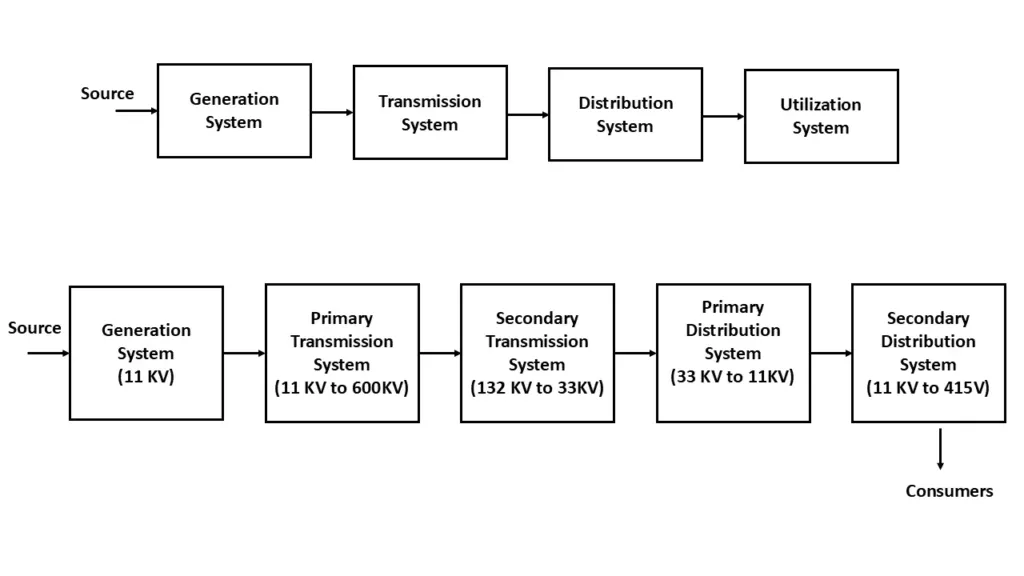
It can be divided into appropriate blocks.
- Generating system’
- Transmission system
- Distribution system
- utilization system
Generating system
As we know energy conservation law that
Energy can neither created or destroyed. It can be converted from one form to another form
Hydro power station mechanical energy converted into electrical energy
Thermal power station thermal energy converted into mechanical energy,, then it converted into electrical energy
Wind mill power station mechanical energy converted into electrical energy
In Solar plants light energy converted into electrical energy
The electrical power generating system generating power using natural resources like water, coal, solar, wind etc. The power generated by rotating generator coupled with turbine. The turbine rotated with steam or wind as available. Turbine transfers kinetic energy to rotate generator Which generates electrical energy. Generally three phase power supply generated in power stations.
Transmission system
Once power generated , it must be generated to consumer end using proper electrical networks. The electrical networks made using various conductors, insulators, electric poles, towers and other accessories as per voltage level used in transmission line. The power transmission system is made too long in kilometers as required. The voltage stepped to desired level to transmit power efficiently to consumer premises It is often high voltage more than 33 KV used to transmit electric powers. The step up transformer are used to raise voltage level before feed into transmission lines.
It is surprised that , why electrical energy transmitted to long distance? Why generating stations are not located near consumer area. There are some important factors involved to install generating stations far away from consumer area and power transmitted to long distance.
- The load in power system is not concentrated in certain places. It is widely spread in large area.
- Generating stations are always away from load centers, because of site selection criteria. hydro power stations are located in hill stations, because plenty amount of running water resources, Dams are available. Thermal power stations are mainly erected , where coals are easily available. Nuclear power stations installed far away , because avoid reduce pollution level.
- thermal power stations are so polluted. so installed away from residential area
These reasons causes , energy generated and transmitted over long transmission lines using suitable conductors. The method of energy transmitted can be transmitted by following types of transmission lines
Types of Transmission lines
Over head transmission system
If transmission conductors are taken through suitable structures in over head positions with maintains appropriate space between them called as overhead transmission system. As conductors are exposed to air , chances of faults are high. but it is very easy to identify fault location as overhead lines are visible. There are less safety involved as it exposed to air. Initial installation cost is cheaper. Because there is no requirement of excavation works like installation of underground cables. The general appearance is not beautiful. But it is so flexible to make new networks expansions, installations are transmission equipments. Its life approximately 20 to 25 years Over head transmission system is more useful for rural areas for making distribution networks and places are not congested. As over head system exposed to air , heat can be dissipated in air faster. So conductor kept cool. So .less size conductor can be used.
Underground transmission system
The conductors are placed under ground level with properly insulated from one another. This system called as underground system. As cables are buried under ground and not exposed to air, it offers better insulations. But of fault occurs, it is very difficult to identify fault locations. It is more safer than ;over head system. but installation cost too high as excavations, trenching works are required to install underground cables. The general appearance are beautiful. Underground ground system are not flexible to expansion of networks and installation of new equipments. Its life span about 40 to 50 years. Over head transmission system is suitable for dense populated areas. The size of under ground conductor kept large, because heat dissipation is very low.
Distribution system
Once electrical energy reached at consumer end, its voltage level must be reduced. So it is suitable to operate various electrical equipment connected in network. A step down transformer used to reduce voltage level. Then it transmitted to different consumer premises as per their requirement.
Why Three phase power supply used in transmission system?
- Three phase power supply transmission system, required less amount of copper and aluminum conductor compared with single phase system. Because less current flow than single phase system.
- The size of three phase generator is lesser than single phase generator for same amount of power generated (or) rating
- Three phase power has better voltage regulation
- Power factor is better than single phase
- Ripple factor in DC produced in three phase power system in less than single phase power. So Pure DC supply can be achieved.
Standard voltage level used in transmission system
There are some standard voltage level used in power transmission system. They are classified into primary and secondary transmission voltage level.
Primary transmission voltages
The primary transmission system starts generates after power generated in generating system. The system voltage extends from 220 KV to 600 KV. These primary power system interconnected with grid stations in various locations. High level automations like PLC, SCADA systems are involved in primary transmission system
600 KV, 400 KV, 220KV, 132KV.
Secondary transmission voltages
Once primary power transmission system ends, secondary transmission system starts. Its system voltage extends from 11 KV to 132 KV. There are no grid system formed in secondary transmission system. High level automations are also not required.
, 110KV, 66KV, 33 KV, 22KV, 11 KV.
However analysis pf many factor like populations, safety, traffic considerations, climate conditions, future requirements of expansions suitable transmission system has been selected. Types of transmission lines installed as per requirement to efficient energy operation.

